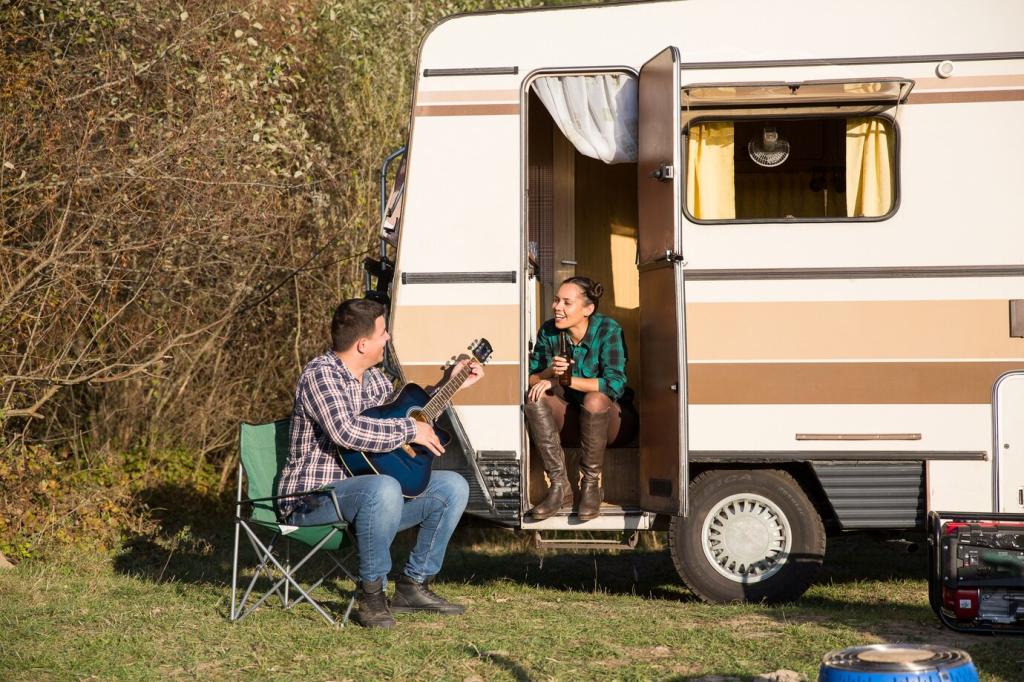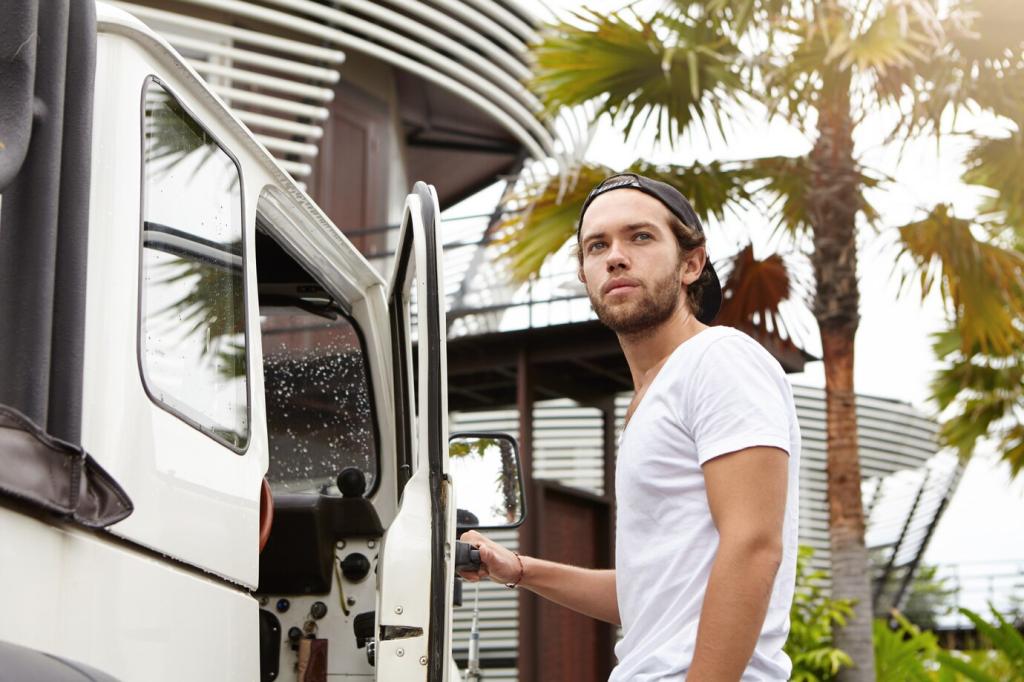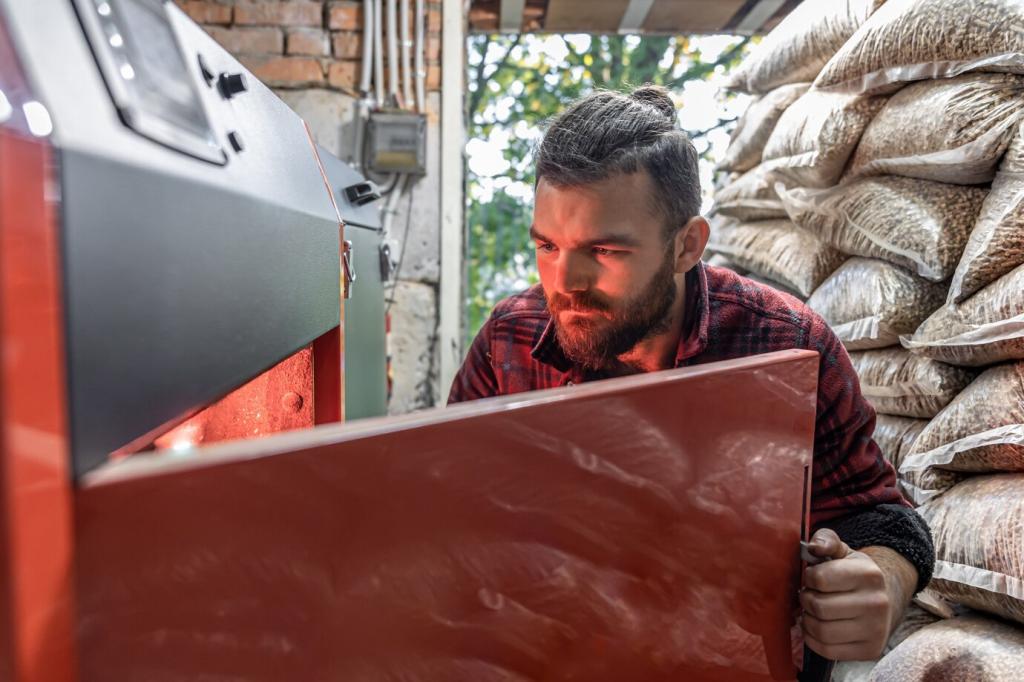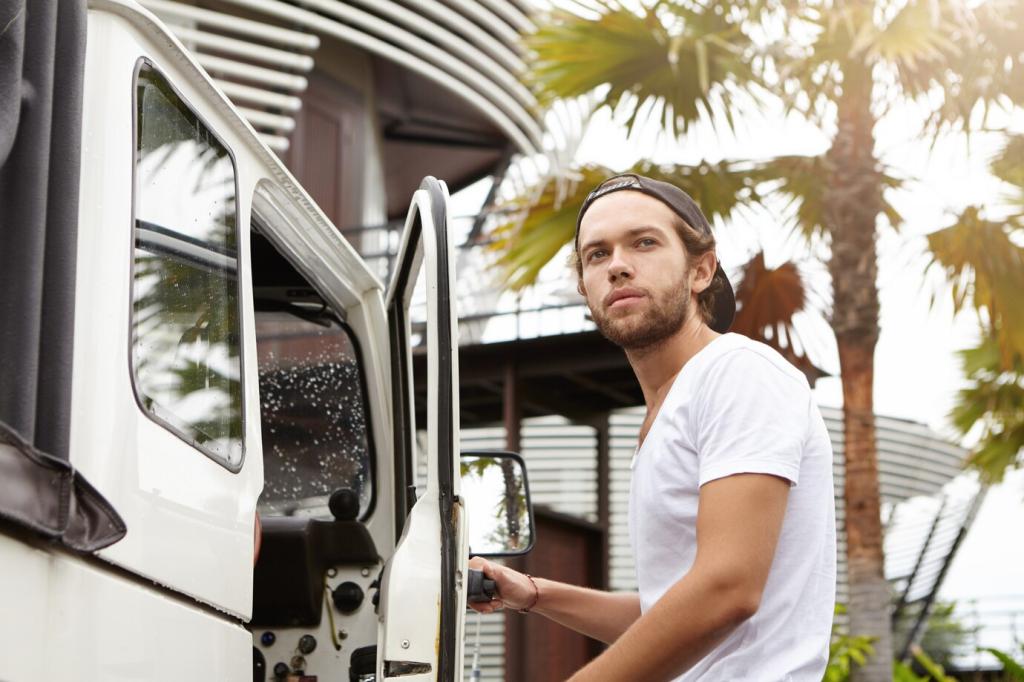Plan Routes and Pace for Fewer Stops and Less Fuel
Favor routes with fewer steep grades and less stop‑and‑go. Even if a path looks longer, steady cruising often beats short, hilly, congested shortcuts. Apps with elevation profiles help you choose kinder climbs that spare your engine and your wallet.
Plan Routes and Pace for Fewer Stops and Less Fuel
Leaving an hour earlier can mean fewer red lights, less brake tapping, and calmer flow. Aerodynamic drag rises rapidly with speed; cruising five miles per hour slower often yields immediate savings and a more relaxed, observant style of travel.






